Cellular Lightweight Concrete (CLC), also known as foamed concrete, is a revolutionary construction material that is rapidly gaining popularity in the construction industry. As it offers a unique combination of lightweight properties, superior insulation and ease of use, making it ideal for a variety of applications.
Understanding the Structure of CLC – Cellular Lightweight Of concrete
Similar to traditional concrete, CLC boasts a unique internal structure:
- Cement Matrix: Similar to standard concrete, CLC uses Portland cement as a binding agent, which provides strength and structure.
- Lightweight aggregates: To reduce aggregate weight, CLC incorporates lightweight aggregates such as expanded clay, shale or slate. However, the major element contributing to its low density is:
- Air Voids: The defining characteristic of CLC is the presence of numerous air bubbles dispersed throughout the concrete. These air pockets are achieved in two primary ways:
- Foaming agents: Chemical foaming agents are introduced during mixing, creating gas bubbles that form permanent air spaces when solidified.
- Pre-Formed cellular materials: Alternatively, pre-made cellular materials such as aerated aggregates (containing entrapped air) can be used as the aggregate themselves.
The Ultimate Guide to Rebars in Construction: Everything You Need to Know
Concrete mixer a fundamental tool in construction
Self-Compacting Concrete (SCC): Pioneering a Concrete Revolution
The air voids within CLC are the secret to its exceptional properties.
Manufacturing CLC: Precast vs. Site-Mixed
CLC production can be categorized into two main methods:
Precast CLC: This method involves the manufacturing of CLC blocks in a controlled factory setting. Here are the details of the process:
- Precise mixing of all ingredients (cement, aggregates, foaming agent/aerated aggregate, water) in a controlled environment.
- Pouring the mixture into molds to shape the CLC blocks. Using an autoclaved curing process (similar to AAC blocks) where the blocks are exposed to high pressure and steam, accelerating strength development and increasing uniformity.
- Demoulding and cutting the cured CLC blocks to desired size.
Site-Mixed CLC: For specific applications, CLC can be mixed directly on-site. This method typically involves:
1. Using a dry premix containing cement, lightweight aggregates, and sometimes a pre-dosed foaming agent.
2. Mixing the dry ingredients with water at the construction site.
3. Pouring the fresh CLC mix into formwork or prefabricated cavities.
The choice between precast and site-mixed CLC depends on factors like project scale, desired properties, and availability of precast options.
Technical Specifications of CLC
Here’s a closer look at the key technical properties of CLC:
Density: The defining feature of CLC is its exceptionally low density. CLC typically ranges from 200 to 800 kg/m³, significantly lighter than standard concrete (2300 kg/m³) and even LCBs (500 to 1800 kg/m³). This translates to a drastic reduction in weight for the same volume of material.
Strength: Due to the air voids, CLC offers lower compressive strength compared to standard concrete or LCBs. Compressive strength can vary depending on the density and mix design, typically ranging from 1 to 5 MPa, making it suitable for non-structural applications like walls and partitions.
Workability: Similar to LCBs, CLC offers good workability due to its lower weight. It can be easily cut, drilled, and shaped on-site, improving construction efficiency.
Thermal Insulation: The air voids within CLC act as excellent thermal insulators. The lower the density, the better the thermal insulation properties, making CLC ideal for energy-efficient building practices.
Sound Insulation: The air pockets in CLC also contribute to superior sound insulation, enhancing occupant comfort and noise reduction within buildings.
Building Smarter with CLC Advantages
CLC offers several advantages that make it an attractive choice for modern construction:
Reduced Dead Load: The extremely low weight of CLC translates to a significantly lower dead load on the building structure. This allows for potentially thinner foundations, reduced beam sizes, and a lighter overall building, leading to cost savings and improved seismic performance.
Superior Thermal and Sound Insulation: CLC’s air voids provide exceptional thermal and sound insulation properties. This contributes to energy efficiency and creates a quieter and more comfortable living environment.
Faster Construction: The lightweight nature and good workability of CLC enable faster construction times compared to traditional concrete. Easier handling and cutting on-site lead to improved construction efficiency.
Environmentally Friendly: The use of lightweight aggregates and potentially reduced cement content in CLC can contribute to View it on The Google Docs
30 May Historic Engineering Events and the Lessons They Teach
Every day brings an opportunity to learn from engineering’s greatest successes and hardest lessons. May 30 stands out in civil…
May 29 in Civil Engineering History – Timeless Milestones That Shaped Our World
Every Day Makes History — And Civil Engineers Build It From ancient wonders to modern marvels – civil engineering has shaped…
Why India’s Construction Equipment Industry Is Booming in 2025
India’s construction equipment industry isn’t just growing – it’s evolving at a pace and scale that sets it apart on…
What Happened on May 28? Important Civil Engineering Events from History
1892 – Founding of the Sierra Club Location: San Francisco, United States The Sierra Club was established by conservationist John Muir. Though…
Why the Golden Gate Bridge Is One of the Greatest Engineering Marvels in History
On May 27, 1937, the world witnessed the opening of one of the most iconic and admired engineering marvels ever…
What Is Slurry Trench Technology? Uses, Materials, and Engineering Significance
When it comes to building underground structures—like deep basements, tunnels, or barriers to control groundwater—engineers often face the challenge of…
30 May Historic Engineering Events and the Lessons They Teach
Every day brings an opportunity to learn from engineering’s greatest successes and hardest lessons. May 30 stands out in civil…
May 29 in Civil Engineering History – Timeless Milestones That Shaped Our World
Every Day Makes History — And Civil Engineers Build It From ancient wonders to modern marvels – civil engineering has shaped…
Why India’s Construction Equipment Industry Is Booming in 2025
India’s construction equipment industry isn’t just growing – it’s evolving at a pace and scale that sets it apart on…
What Happened on May 28? Important Civil Engineering Events from History
1892 – Founding of the Sierra Club Location: San Francisco, United States The Sierra Club was established by conservationist John Muir. Though…
Why the Golden Gate Bridge Is One of the Greatest Engineering Marvels in History
On May 27, 1937, the world witnessed the opening of one of the most iconic and admired engineering marvels ever…
What Is Slurry Trench Technology? Uses, Materials, and Engineering Significance
When it comes to building underground structures—like deep basements, tunnels, or barriers to control groundwater—engineers often face the challenge of…

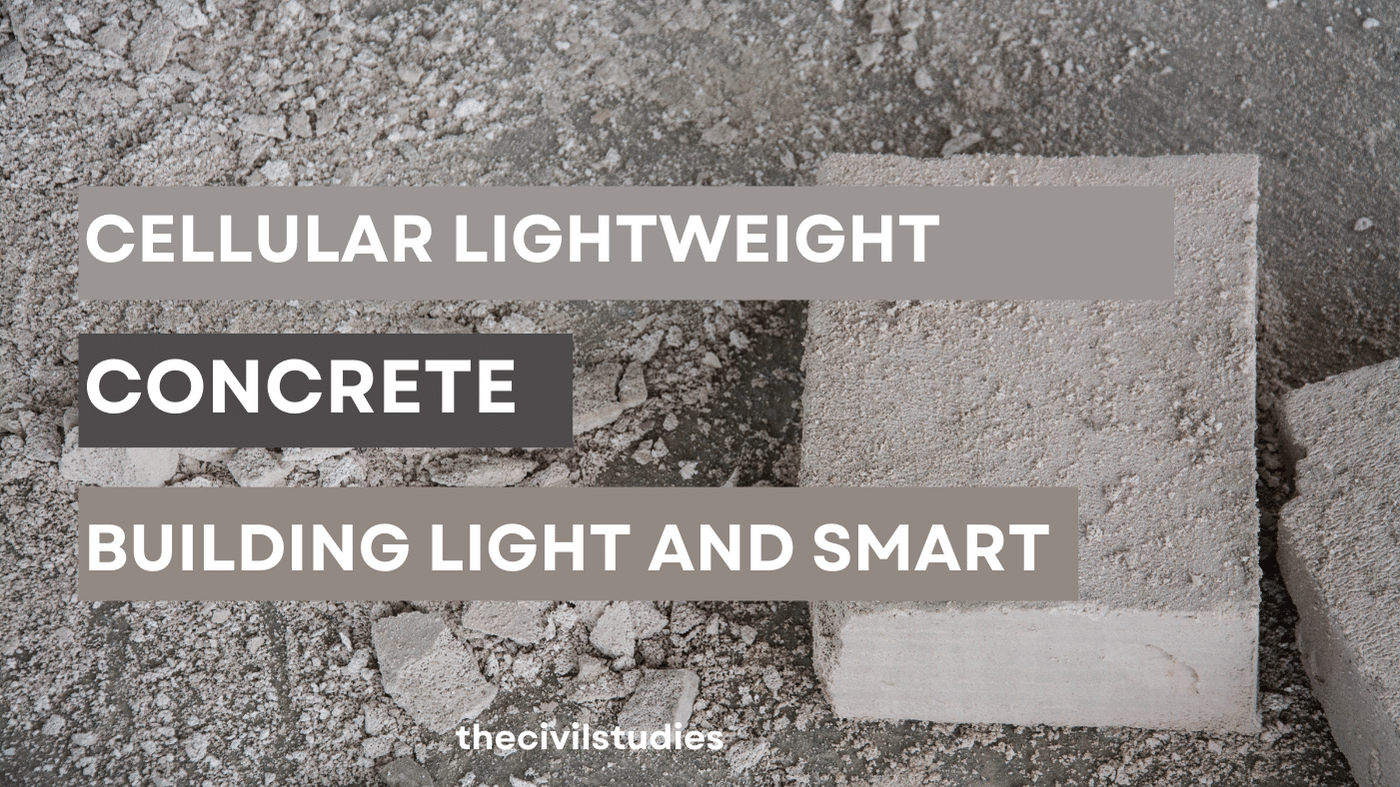


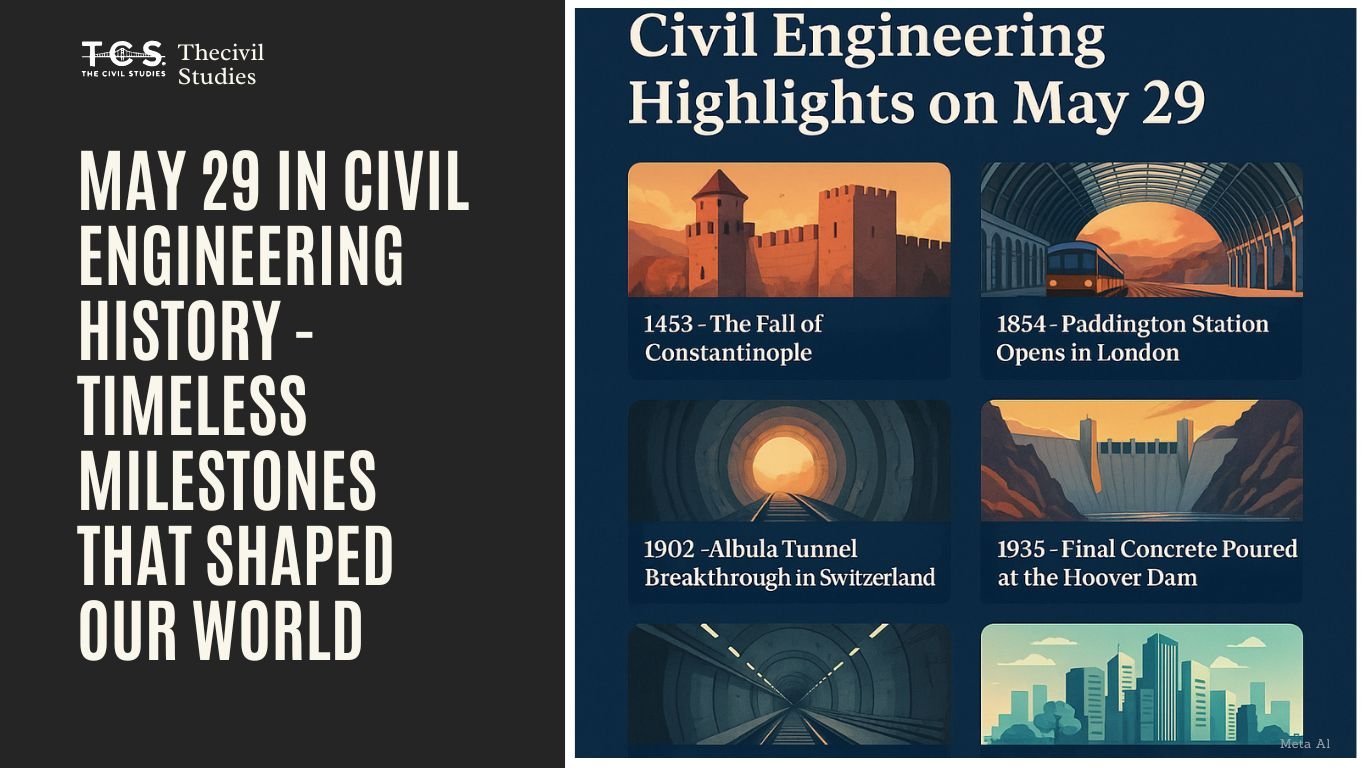
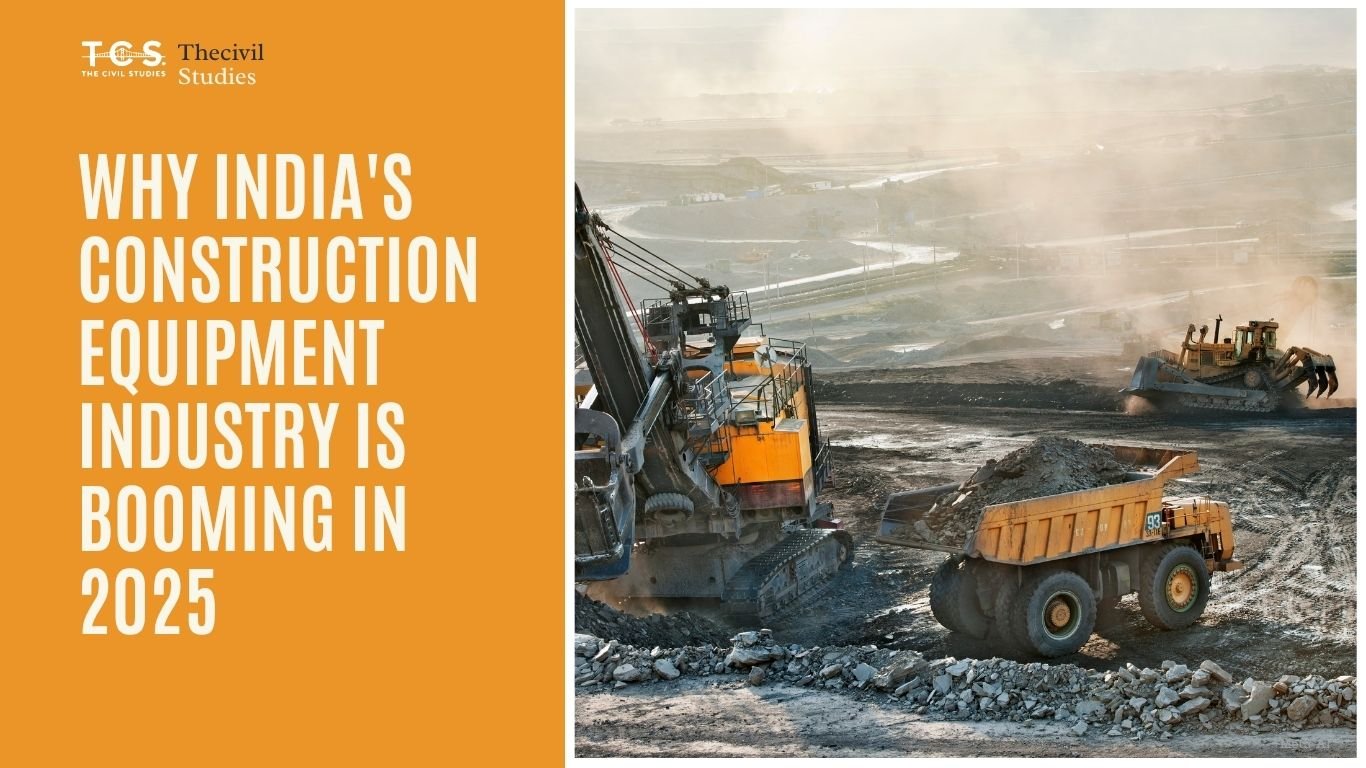


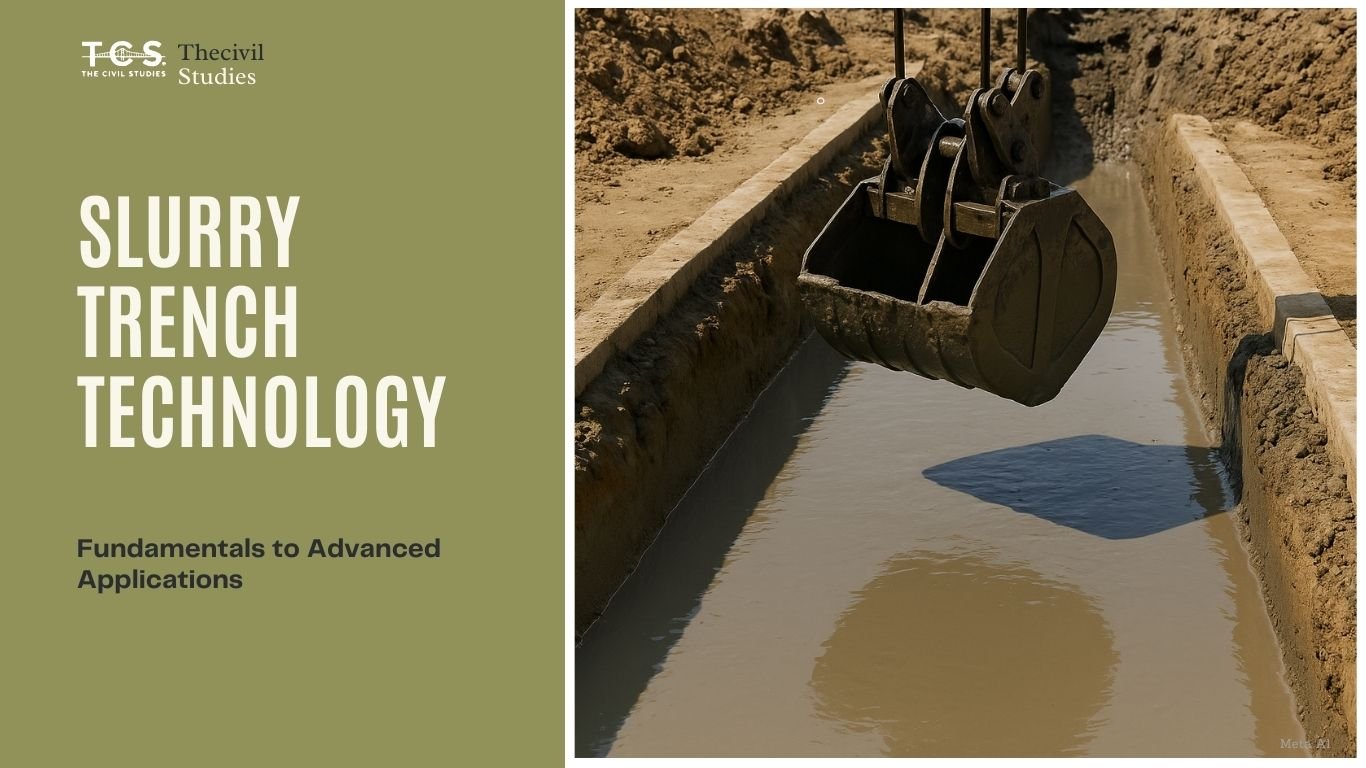
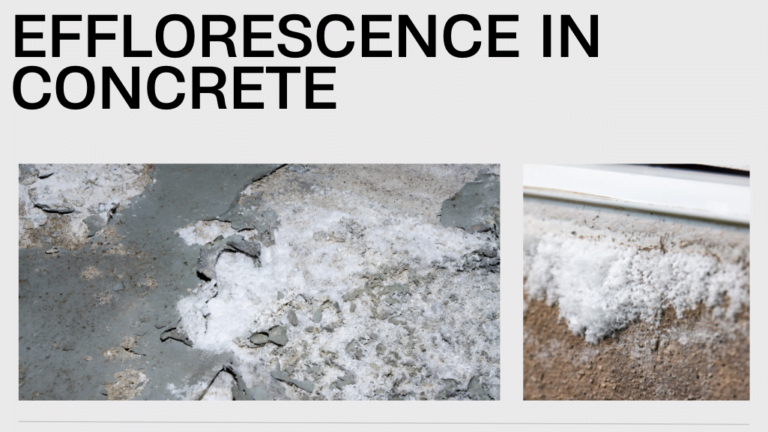

[…] Cellular Lightweight Concrete (CLC): Building Light and Smart […]
[…] Cellular Lightweight Concrete (CLC): Building Light And Smart […]